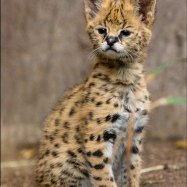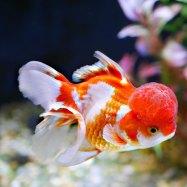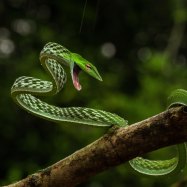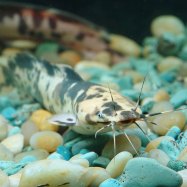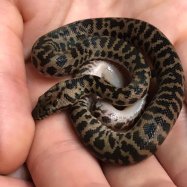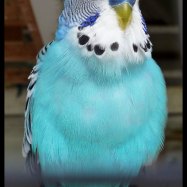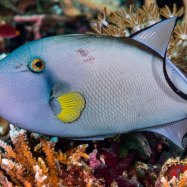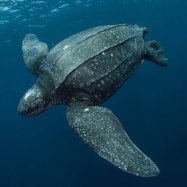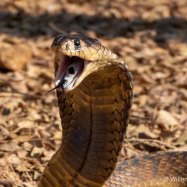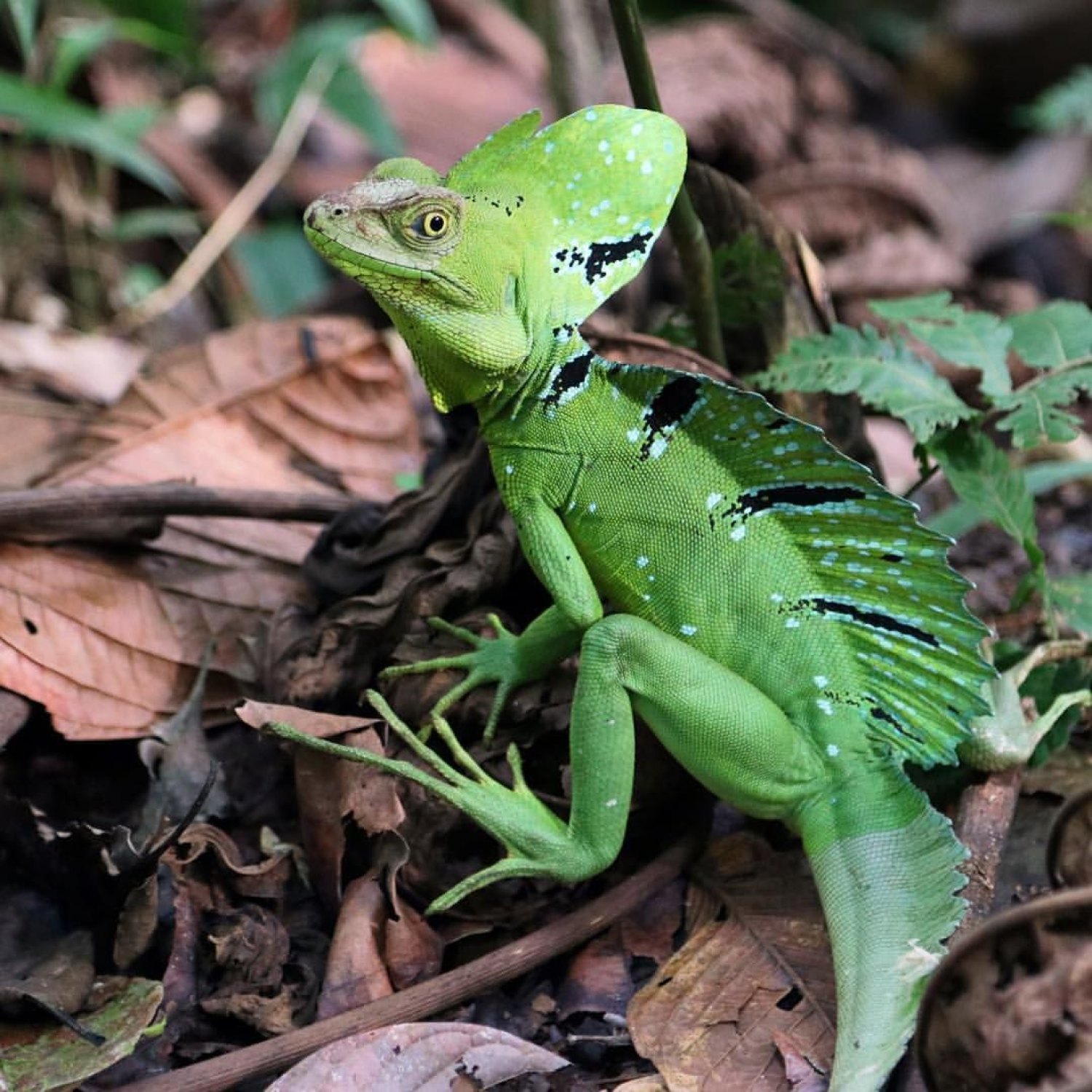
Basilisk Lizard
Up to 2 feet
The Basilisk Lizard, also known as Jesus Christ Lizard due to its ability to run on water, can reach up to 2 feet in length. They are commonly found near trees and water bodies, with their slender bodies, long tails, and strong legs, allowing them to swiftly navigate through their habitat. They belong to the Corytophanidae family, and their unique body shape makes them a fascinating sight to behold.
Animal Details Summary:
Common Name: Basilisk Lizard
Kingdom: Animalia
Habitat: Tropical rainforests
The Basilisk Lizard: Master of the Tropical Rainforests
The Basilisk Lizard, scientifically known as Basiliscus basiliscus, is not your average reptile. This unique species has captivated the attention of both scientists and nature enthusiasts alike with its incredible abilities and stunning appearance. From its vibrant coloration to its remarkable adaptations, there is no denying that the Basilisk Lizard is truly a master of the tropical rainforests.Kingdom: Animalia
The Basilisk Lizard belongs to the Animalia kingdom, which is a diverse group of multicellular organisms that includes mammals, birds, fish, and of course, reptiles Basilisk Lizard. Most animals in this kingdom are known for their ability to move and respond to their surroundings, and the Basilisk Lizard is no exception. These reptiles are known for their impressive agility and speed, which allows them to navigate through the dense vegetation of their habitat with ease.
Phylum: Chordata
Chordates are animals that have a distinct dorsal nerve cord, a notochord, and gill slits at some point in their lives. The Basilisk Lizard belongs to this phylum, which also includes vertebrates such as fish, birds, and mammals. This classification highlights the complexity of the Basilisk Lizard's nervous system and its remarkable ability to coordinate its movements and behaviors.
Class: Reptilia
As a member of the Reptilia class, the Basilisk Lizard shares characteristics with other reptiles, including scaly skin, cold-bloodedness, and the ability to lay eggs. However, what sets this species apart is its incredible body shape and agile movements. Unlike most reptiles, the Basilisk Lizard is known for its ability to run on its hind legs and even across the surface of water!
Order: Squamata
Belonging to the Squamata order, the Basilisk Lizard is closely related to other lizards, including iguanas and chameleons. However, it is distinguished by its elongated body, slender tail, and strong legs that allow it to move in a way that is not commonly seen in other lizards Brown Dog Tick. This unique adaptation has earned the Basilisk Lizard the nickname "Jesus Lizard" due to its ability to seemingly walk on water.
Family: Corytophanidae
Within the Squamata order, the Basilisk Lizard belongs to the Corytophanidae family, which consists of only seven species. The Basilisk Lizard is the largest and most well-known member of this family, with its distinct coloration and impressive physical abilities. These lizards are found in Central America, where they are a popular attraction for tourists and a vital part of the local ecosystem.
Habitat: Tropical Rainforests
The Basilisk Lizard is perfectly adapted to its habitat in the tropical rainforests of Central America, where it can thrive in the dense vegetation and humid conditions. These lizards are most commonly found near water bodies, where they can easily escape into the water if threatened. They are also known to spend a significant amount of time in trees, using their powerful legs and long tail to navigate through the branches.
Feeding Method: Carnivorous
Like most reptiles, the Basilisk Lizard is a carnivore, meaning it mainly feeds on other animals. In the wild, it is known to eat a variety of insects, including crickets, beetles, and grasshoppers. They are also opportunistic feeders and will consume small fish and other small prey if given the chance. In captivity, Basilisk Lizards are often fed a diet of crickets, mealworms, and other insects.
Geographical Distribution: Central America
The Basilisk Lizard is native to Central America, with its range extending from Mexico to Central and South America. Specifically, these lizards can be found in countries such as Mexico, Guatemala, Honduras, Nicaragua, Costa Rica, Panama, and Colombia. Their distribution is mainly limited to tropical rainforests, where they have access to ample food and water sources.
Country of Origin: Mexico, Central, and South America
As mentioned earlier, the Basilisk Lizard is native to Mexico, Central, and South America. These regions are known for their vast biodiversity and rich ecosystems, making them the perfect home for this unique reptile. In addition to the Basilisk Lizard, these areas are also home to many other fascinating species, making them popular destinations for nature lovers and researchers.
Location: Trees and Near Water Bodies
The Basilisk Lizard has a wide distribution within its habitat, and can often be found in both trees and near water bodies. In fact, their unique ability to run on water makes them well-adapted to living near streams, rivers, and ponds. However, they are also commonly seen on tree branches, where they can easily blend in with their surroundings and escape from predators.
Animal Coloration: Green, Brown, and Yellow with Patterns
One of the most striking characteristics of the Basilisk Lizard is its vibrant coloration. These lizards are typically green, which helps them blend in with the vegetation in their habitat. However, they also have brown and yellow markings on their body, giving them a unique pattern that is different for each individual. This coloration serves as camouflage and allows them to evade predators.
Body Shape: Slender with Long Tail and Strong Legs
The Basilisk Lizard has a distinct body shape that sets it apart from other lizards. Its slender body is designed for swift movements, and its long tail and strong legs allow it to navigate through its habitat with ease. They are also one of the few lizards that can run on their hind legs, which is a remarkable ability that helps them escape from predators or capture prey.
Length: Up to 2 Feet
On average, the Basilisk Lizard can grow up to 2 feet in length, with the males being slightly larger than females. This size makes them one of the largest lizards in their family, and their impressive length is also due to their long tail. While they may not be as big as some other reptiles, their unique abilities and appearance make them stand out.
In conclusion, the Basilisk Lizard is truly a fascinating creature that has captured the curiosity of many. From its remarkable adaptations to its impressive physical abilities, there is no denying that this reptile is a master of its tropical rainforest habitat. Its vibrant coloration, slender body, and ability to run on water make it unlike any other lizard, and it is no wonder that this species continues to capture the hearts of nature lovers worldwide.

Basilisk Lizard
Animal Details Basilisk Lizard - Scientific Name: Basiliscus basiliscus
- Category: Animals B
- Scientific Name: Basiliscus basiliscus
- Common Name: Basilisk Lizard
- Kingdom: Animalia
- Phylum: Chordata
- Class: Reptilia
- Order: Squamata
- Family: Corytophanidae
- Habitat: Tropical rainforests
- Feeding Method: Carnivorous
- Geographical Distribution: Central America
- Country of Origin: Mexico, Central, and South America
- Location: Trees and near water bodies
- Animal Coloration: Green, brown, and yellow with patterns
- Body Shape: Slender with long tail and strong legs
- Length: Up to 2 feet
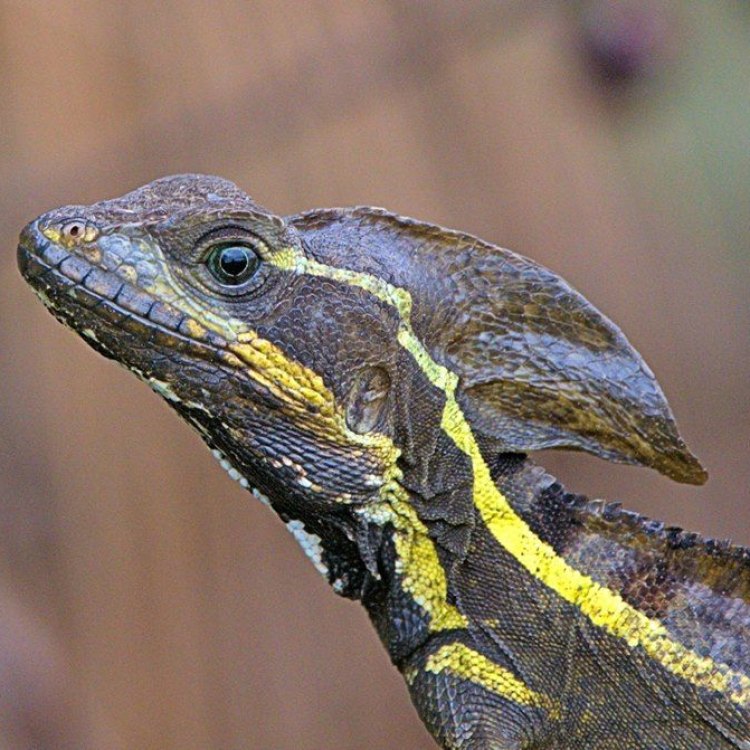
Basilisk Lizard
- Adult Size: Average length of 2 feet
- Average Lifespan: 5 to 7 years
- Reproduction: Sexual
- Reproductive Behavior: Males perform courtship displays
- Sound or Call: High-pitched chirping
- Migration Pattern: Non-migratory
- Social Groups: Solitary or small groups
- Behavior: Excellent climbers and swimmers
- Threats: Habitat loss and deforestation
- Conservation Status: Least Concern
- Impact on Ecosystem: Preys on insects and small vertebrates
- Human Use: Kept as pets
- Distinctive Features: Crest on the head and long toes
- Interesting Facts: Can run on water for short distances
- Predator: Birds, snakes, and larger reptiles
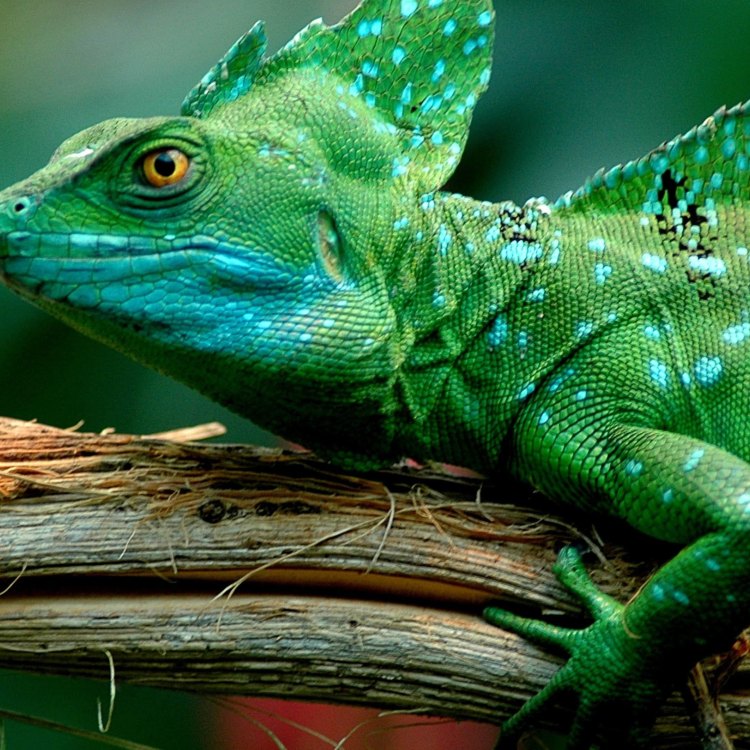
Basiliscus basiliscus
The Fascinating World of the Basilisk Lizard: A Master of Adaptation
Deep in the lush rainforests of Central and South America, there is a creature that can give even the most elusive animals a run for their money in terms of unique adaptations and survival skills. The basilisk lizard, also known as the “Jesus Christ Lizard” due to its ability to run on water, has been capturing the attention of scientists and animal lovers alike for centuries. With its distinctive physical features and impressive abilities, the basilisk lizard is a testament to the incredible diversity and adaptability of nature.The Basics: Size, Lifespan, and Reproduction
The basilisk lizard, scientifically known as Basiliscus basiliscus, is a medium-sized reptile that can grow up to an average length of 2 feet PeaceOfAnimals.Com. They are sexually dimorphic, with males being slightly larger than females. These creatures have a relatively short lifespan, with an average of 5 to 7 years in the wild. However, with proper care and environment, they can live up to 10 years in captivity.As with most reptiles, the basilisk lizard is a sexual reproducer, meaning that a male and female are required for reproduction. During the breeding season, which can last from early spring to late summer, males perform elaborate courtship displays to attract females. These displays can include head-bobbing, tail-waving, and even vocalizations, which brings us to our next point.
The Chirping Courtship Calls of the Basilisk Lizard
One of the most distinct features of the basilisk lizard is its high-pitched chirping sound, particularly during the breeding season. This serves as a means of communication between males and females, as well as a way to establish dominance among males. Researchers have also observed that males use these calls to locate potential mates and to defend their territory from rival males Bandicoot.Interestingly, the frequency and duration of these chirps vary based on the individual lizard’s size and social status. Larger and more dominant males tend to have longer and lower-pitched calls, while smaller and subordinate males have shorter, higher-pitched calls. This displays a hierarchy within their social groups and plays a crucial role in reproductive success.
A Mysterious Migration Pattern and Social Behavior
Unlike many other species of lizards, the basilisk lizard is considered a non-migratory species. This means that they remain in the same general area throughout their lifetime and do not have a seasonal migration pattern. However, they are known to relocate within their habitat to find better food sources or escape predators.These lizards are generally solitary creatures, but they may form small groups of up to 10 individuals, primarily during the breeding season. This social behavior is believed to play a role in finding mates and protecting their territory. However, the extent of their social interactions and hierarchies within these groups is still a topic of ongoing research.
The Incredible Abilities of the Basilisk Lizard
Aside from their remarkable courtship displays and chirping calls, the basilisk lizard is famous for its unparalleled abilities as a climber and swimmer. Their long toes, equipped with sharp claws, allow them to grip onto various surfaces and climb vertical trees, rocks, and even walls with ease.Additionally, the basilisk lizard has been dubbed the “Jesus Christ Lizard” due to its ability to run on water for short distances. This is made possible by their unique hind feet, which are equipped with fringe-like scales that create a larger surface area, allowing them to slither atop the water’s surface. This survival mechanism is crucial for escaping predators, as well as crossing bodies of water to find food and shelter.
Threats and Conservation Status
Like many other species of animals, the basilisk lizard is facing threats to its survival due to habitat loss and deforestation. As these lizards rely heavily on trees and vegetation for shelter and food, the destruction of their natural habitat is a significant threat to their survival. Additionally, they are often captured and sold as pets, further impacting their population in the wild.Despite these threats, the basilisk lizard is currently listed as “Least Concern” on the IUCN Red List of Threatened Species. This is due to their widespread distribution and adaptability to various habitats, as well as their abundance in the wild.
The Impact of Basilisk Lizards in Their Ecosystem
As with any other species, the basilisk lizard plays a crucial role in maintaining the delicate balance of its ecosystem. As opportunistic predators, they primarily feed on insects and small vertebrates, making them a significant contributor to controlling the populations of these creatures. This, in turn, affects the food chain and can have a direct impact on the ecosystem’s health and diversity.Human Use and the Distinctive Features of Basilisk Lizards
Basilisk lizards have also been kept as pets in some parts of the world, thanks to their fascinating abilities and striking physical features. One of their most distinct features is the crest on their head, which is used to display dominance and attract potential mates. Additionally, their long toes and sharp claws, necessary for their climbing and swimming abilities, make them stand out from other lizards.Predators and Interesting Facts about the Basilisk Lizard
In the wild, basilisk lizards face many threats from predators such as birds, snakes, and larger reptiles. These predators often target the lizards during their vulnerable stages, such as when they are young or during the breeding season. This is why the female lizards carefully choose their nesting sites, often placing them in hard-to-reach areas to protect their eggs.As for interesting facts, the basilisk lizard has a unique way of thermoregulation. They can regulate their body temperature by changing their skin color to absorb or reflect the sunlight. It has also been observed that they have a higher tolerance for oxygen deprivation, allowing them to hold their breath for several minutes when navigating through water.
In Conclusion
The basilisk lizard is a truly remarkable creature, with its unique adaptations and impressive abilities. From their courtship displays and high-pitched calls to their climbing and swimming skills, these lizards have mastered the art of survival in the rainforests of Central and South America. However, as with any other species, it is essential to ensure their continued existence by protecting their habitat and respecting their role in the delicate balance of nature. The basilisk lizard is a living example of the incredible diversity and adaptability of life on our planet, and we must do our part to protect and preserve it.
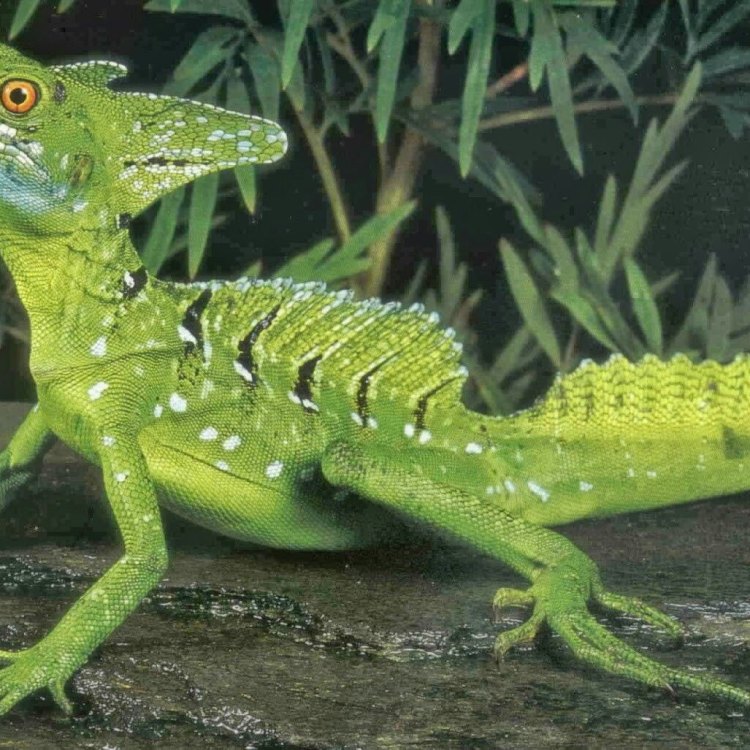
The Basilisk Lizard: Master of the Tropical Rainforests
Disclaimer: The content provided is for informational purposes only. We cannot guarantee the accuracy of the information on this page 100%. All information provided here may change without prior notice.



